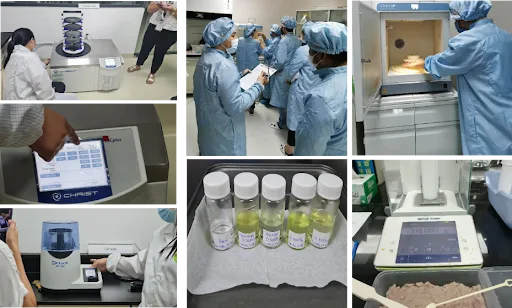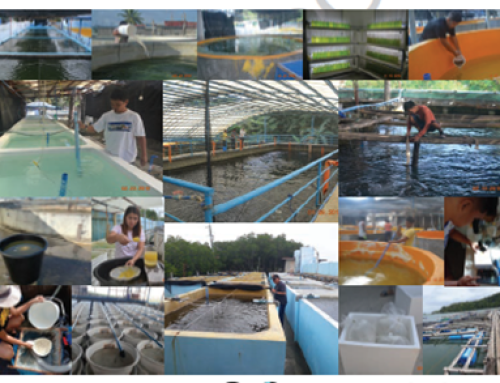In this Article

Optimization and validation of the applicability of HXRF in the detection of heavy metals (Pd, Cd, Hg, & As) in Philippine milkfish (Chanos chanos)
Research interest in mercury poisoning and other chemical residue contamination has recently risen due to their potential health implications. Chemical residue poisoning is chronic in nature, such that constant exposure over long periods of time results in accumulation which leads to a multitude of different medical conditions. Such medical conditions may at times be fatal. Due to the greater than average amount of chemical residues present in the environment of certain localities in the Philippines, there is a need to survey the chemical residue content in common food sources, specifically fishes.
X-ray fluorescence (XRF) spectrometry has become one of the most effective methods for determining the elemental composition of samples because of its non-destructive, fast, and continuous measurements. This study aims to use a benchtop x-ray fluorescence (BXRF) analyzer to screen Philippine milkfish (Chanos chanos) for mercury (Hg), arsenic (As) content, and other toxic chemical residues. In effect, this would lead to generation of a chemical residue profile of Philippine milkfish obtained from various regions in the country. In addition, the study contributes to the method development, optimization, and validation of detecting chemical residues in milkfish using the handheld x-ray fluorescence (HXRF) available in ADMATEL Chemical and Metallurgical Laboratory, thus enhancing the capability of ADMATEL for chemical residue analysis. Efficiency between the BXRF and HXRF in chemical residue content determination in terms of the limit of detection, precision, and accuracy will also be compared in this research study.








